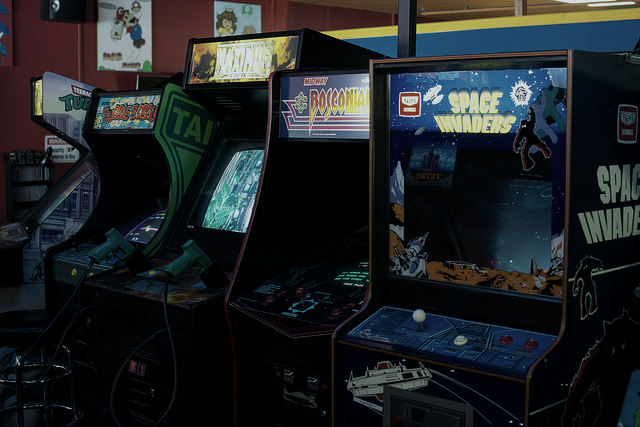

PlayStation 2: Namco System 246/256/Super System 256īased on normal PC architecture with a variation of Windows 7 Embedded or Linux installed and tons of DRM and custom drivers.PlayStation: Konami System 573, Namco System 10/11/12, Sony ZN-1/ZN-2.Xbox: Chihiro ( Cxbx-Reloaded, XQEMU (WIP)).Dreamcast: Atomiswave ( DEmul), Naomi 1/2 ( DEmul).N64: Aleck-64 ( Project64 + modded images).NES: Nintendo Pla圜hoice-10 ( FCEUX, Mesen), Nintendo VS System.While MAME supports most of those, standalone emulators for the base home console are more mature and often (but not always) support the arcade variants. Those arcade boards share most of the hardware specifications with existing home consoles, with the addition of a coin slot and occasionally DRM and some changes. Sometimes, they received their own console versions but those are mostly ports, not emulation, with very few exceptions. Older arcades as well as select popular arcade machines, the Neo Geo and Capcom's CPS series, in particular, received their own standalone emulators.

MAME's purpose is to cover most of these. Extremely common in the golden age of arcades but became much less frequent as companies used modified existing hardware instead to save on R&D costs and easier cross-platform development, or tried to differentiate between the home and arcade experience with control scheme gimmicks instead. Hardware made specifically for the arcade to provide for graphics and performance unseen on home consoles.

Three main types of arcade machines can be distinguished: Sometimes, similar menus meant for developers (labeled debug or test usually, sometimes requiring a developer BIOS like with some Neo Geo games) are left in the game too. Some games have a service mode (mapped to F2 in MAME) with menus meant for the arcade owner to set dipswitches for difficulty, censorship, language, and most importantly a "Free Play" mode that allows players to continue as many as they want without requesting more coins. Games were designed to eat as many quarters as possible, which is emulated with the "Coin" key. Machines often varied by their design and, unlike consoles, were often tailored to just one game.


 0 kommentar(er)
0 kommentar(er)
